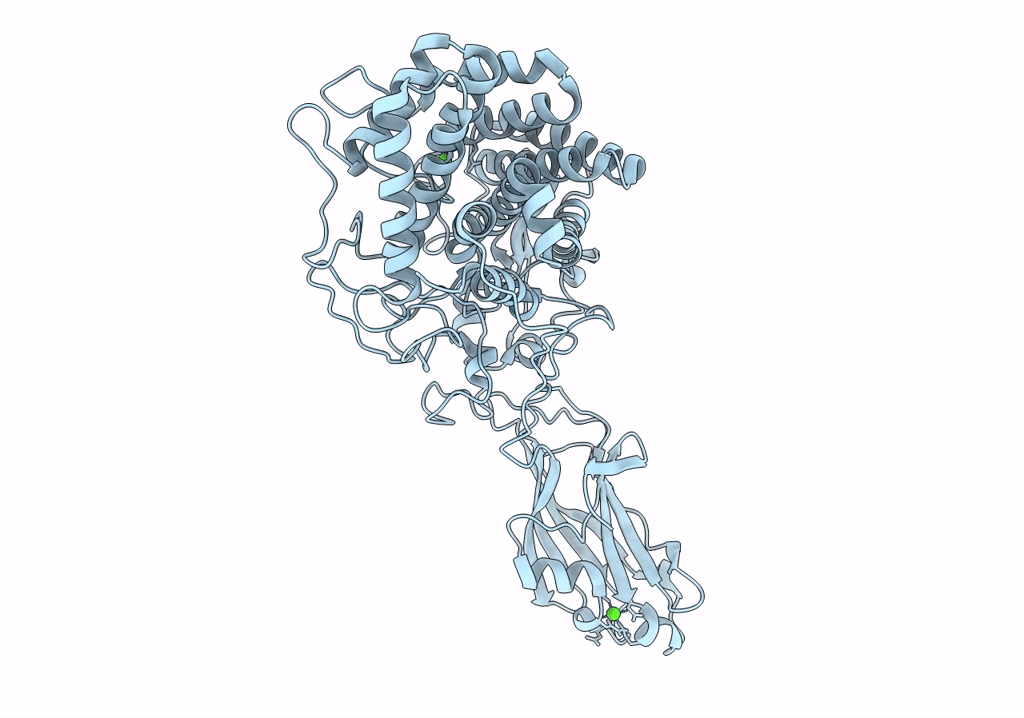
Deposition Date
2022-04-11
Release Date
2023-04-05
Last Version Date
2023-10-25
Entry Detail
Biological Source:
Source Organism:
Acetivibrio thermocellus (Taxon ID: 1515)
Host Organism:
Method Details:
Experimental Method:
Resolution:
2.00 Å
R-Value Free:
0.20
R-Value Work:
0.15
R-Value Observed:
0.16
Space Group:
P 1 21 1


